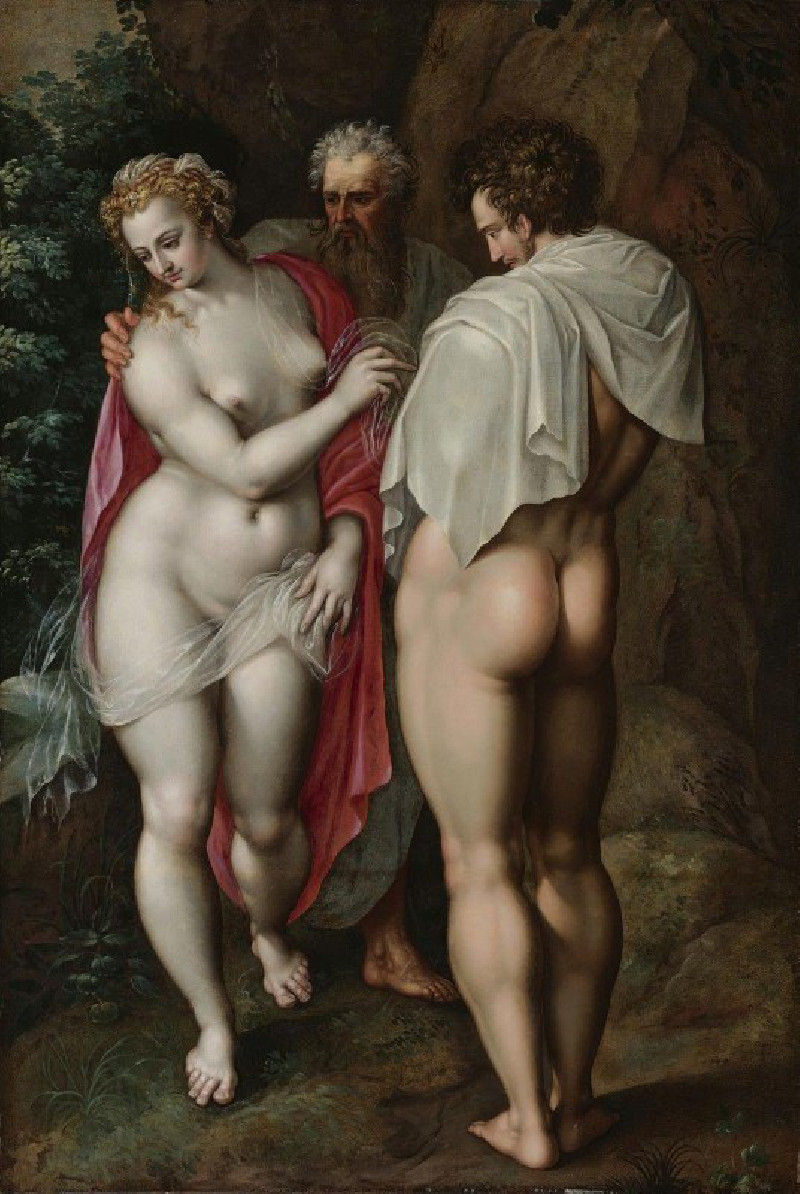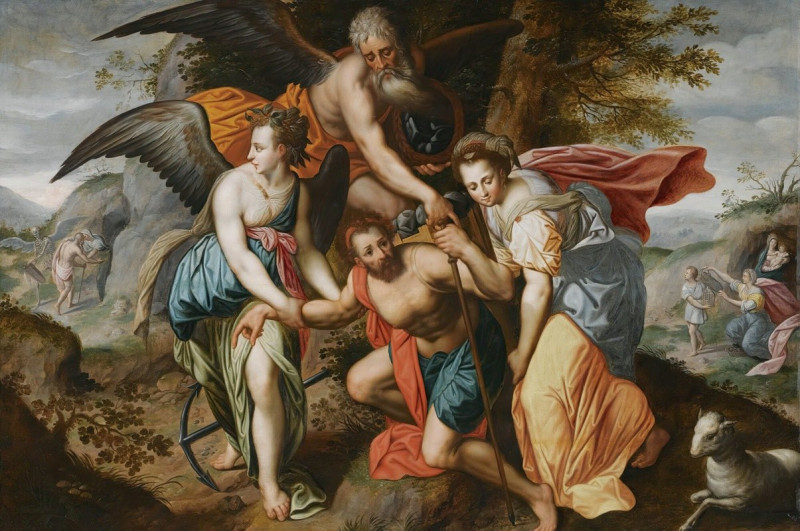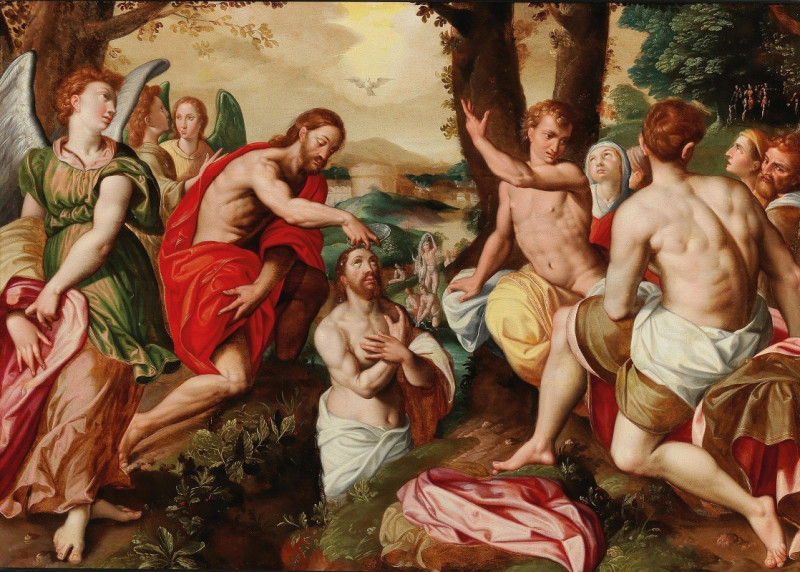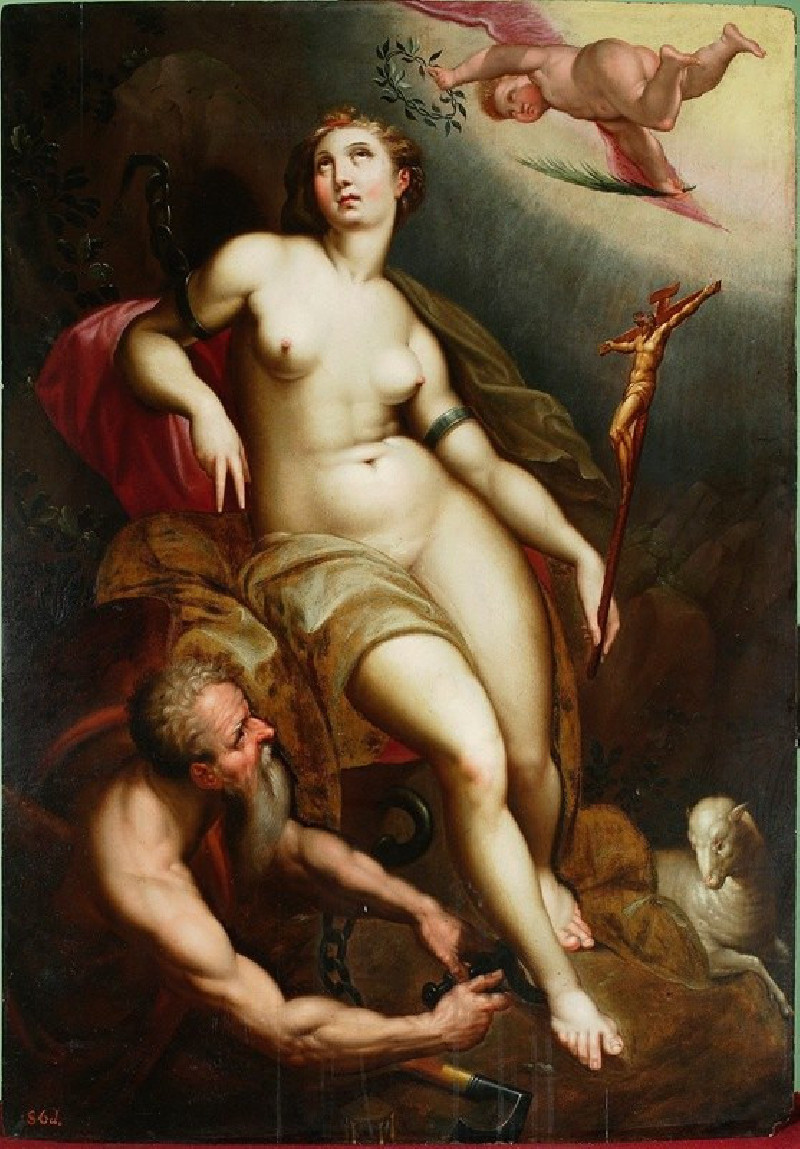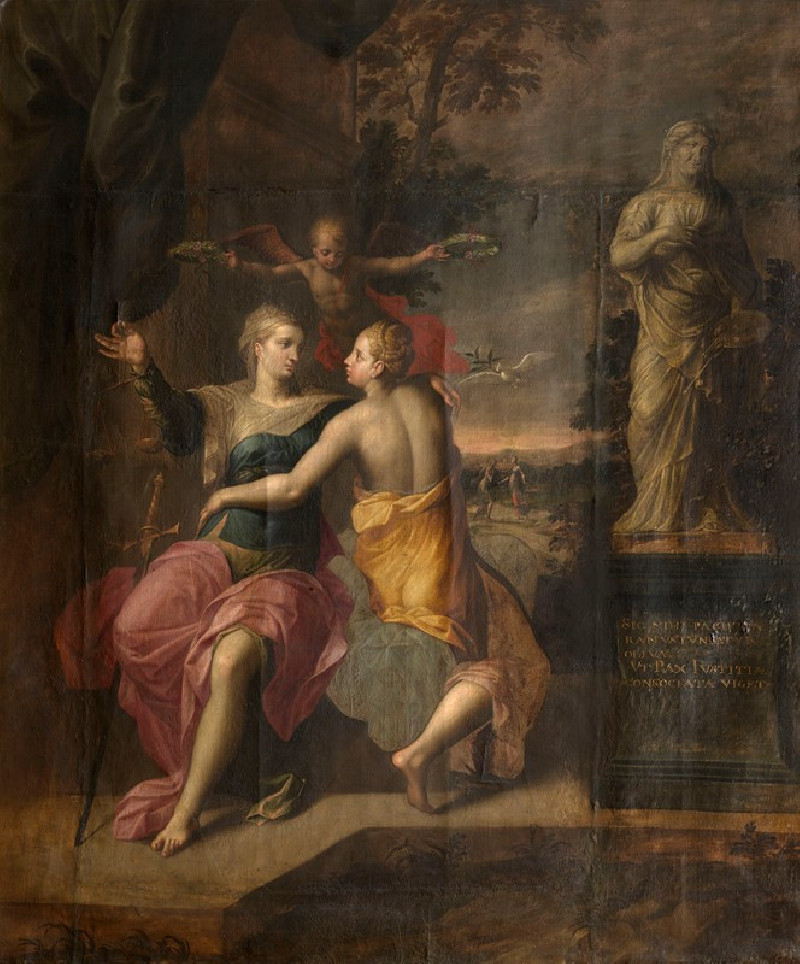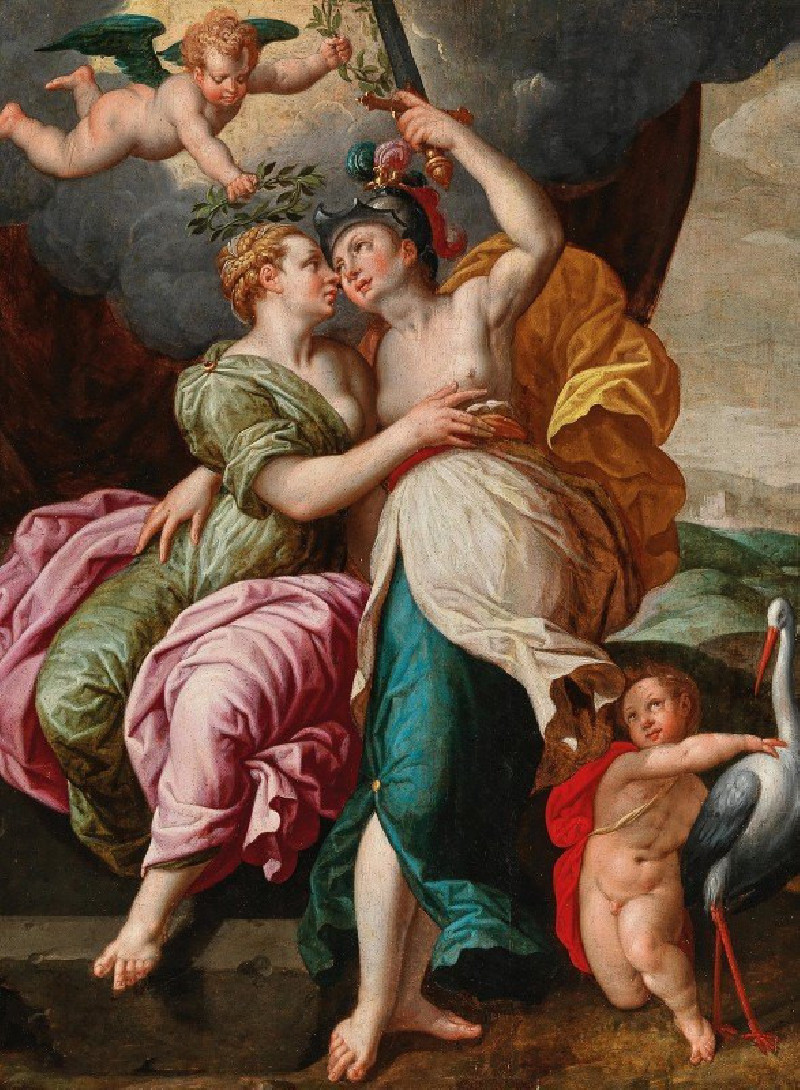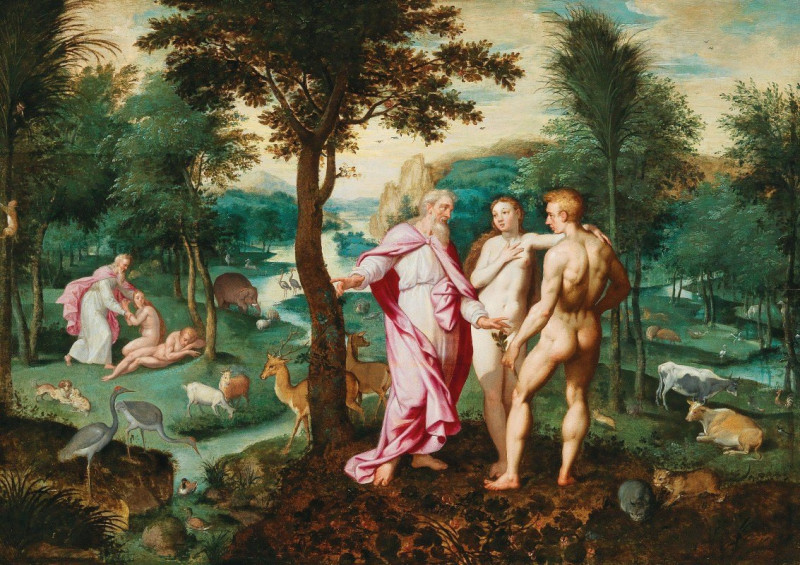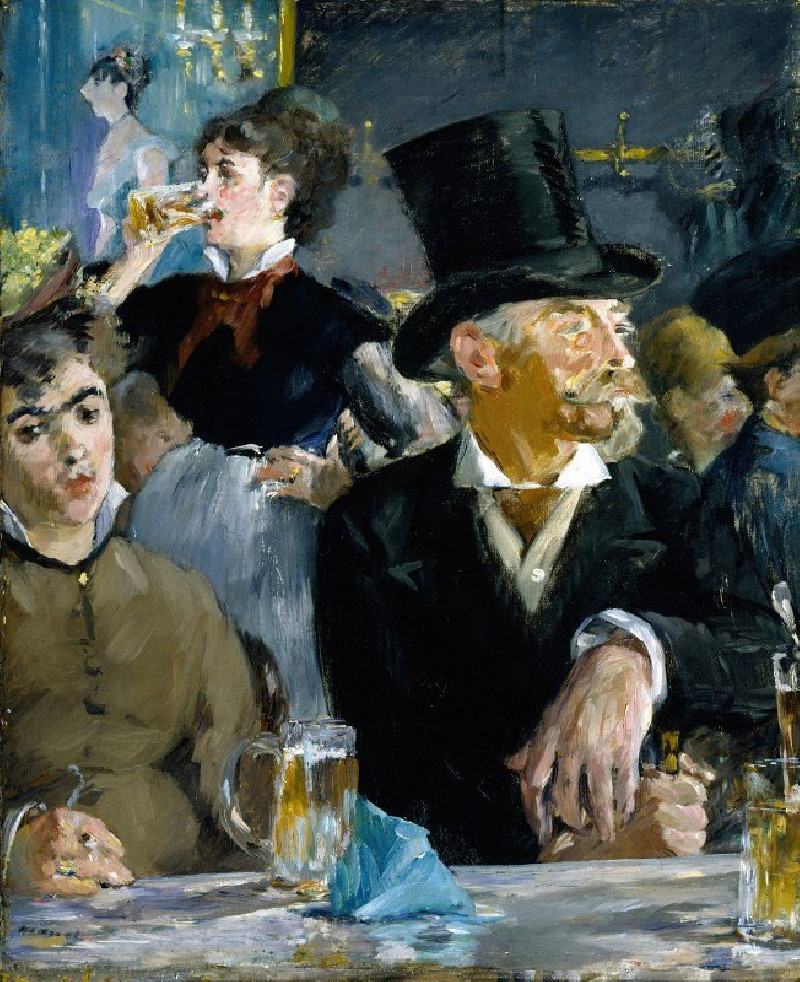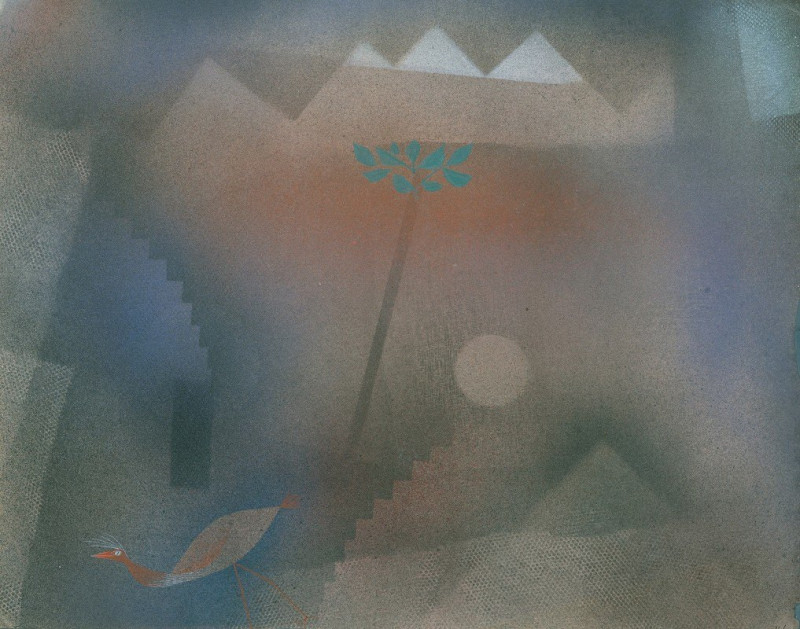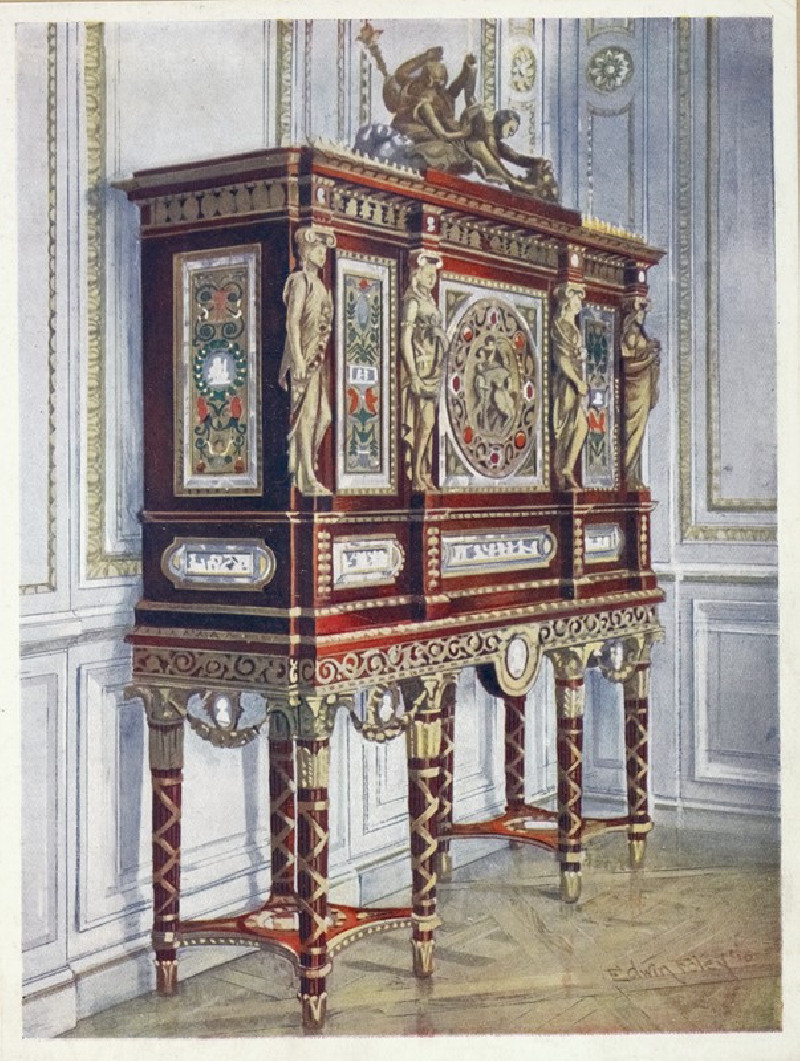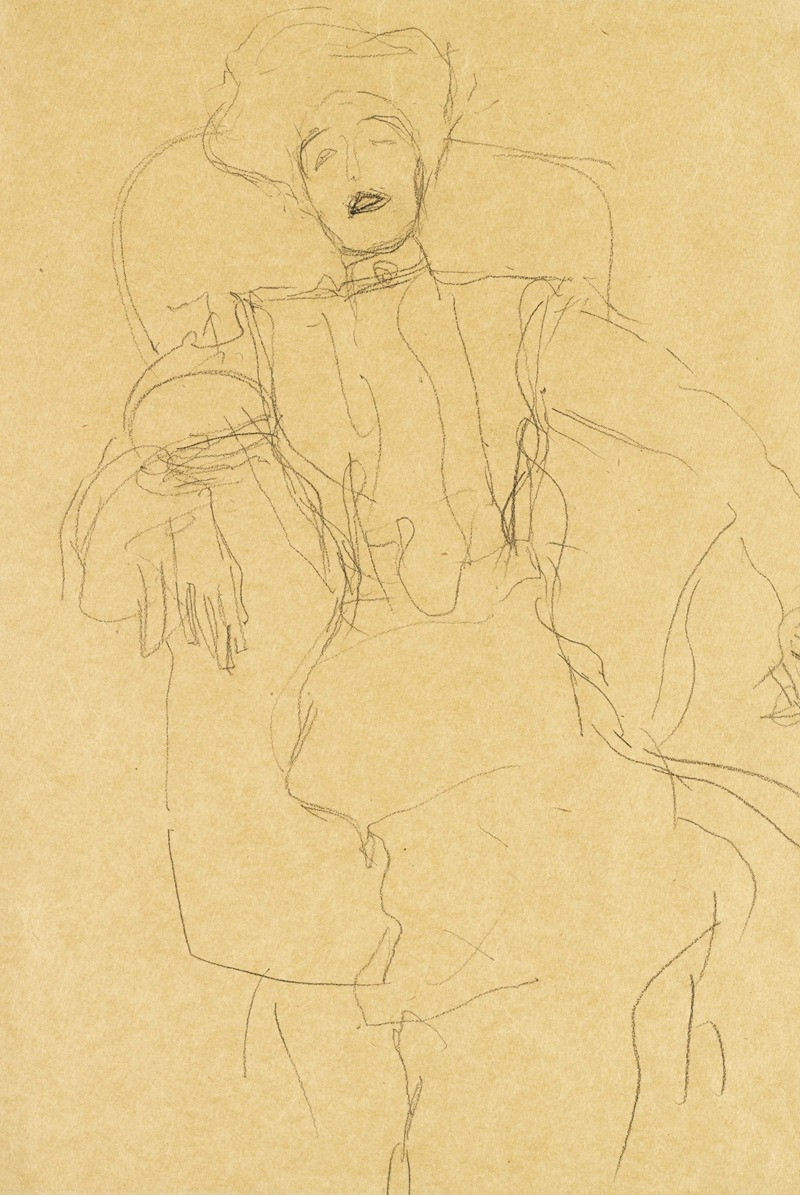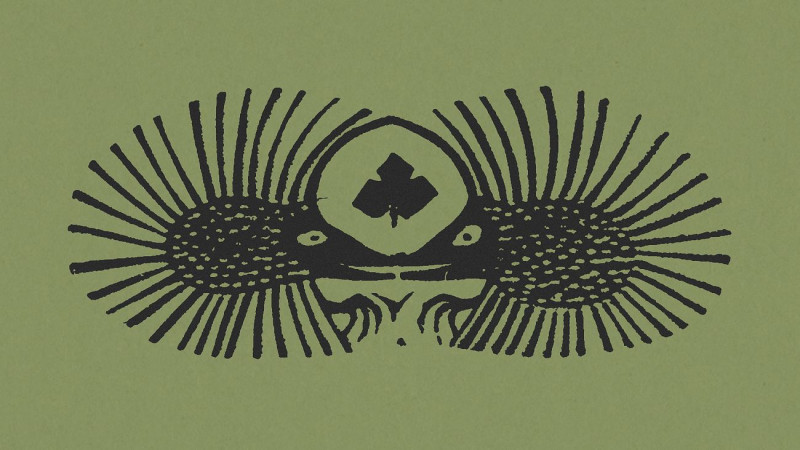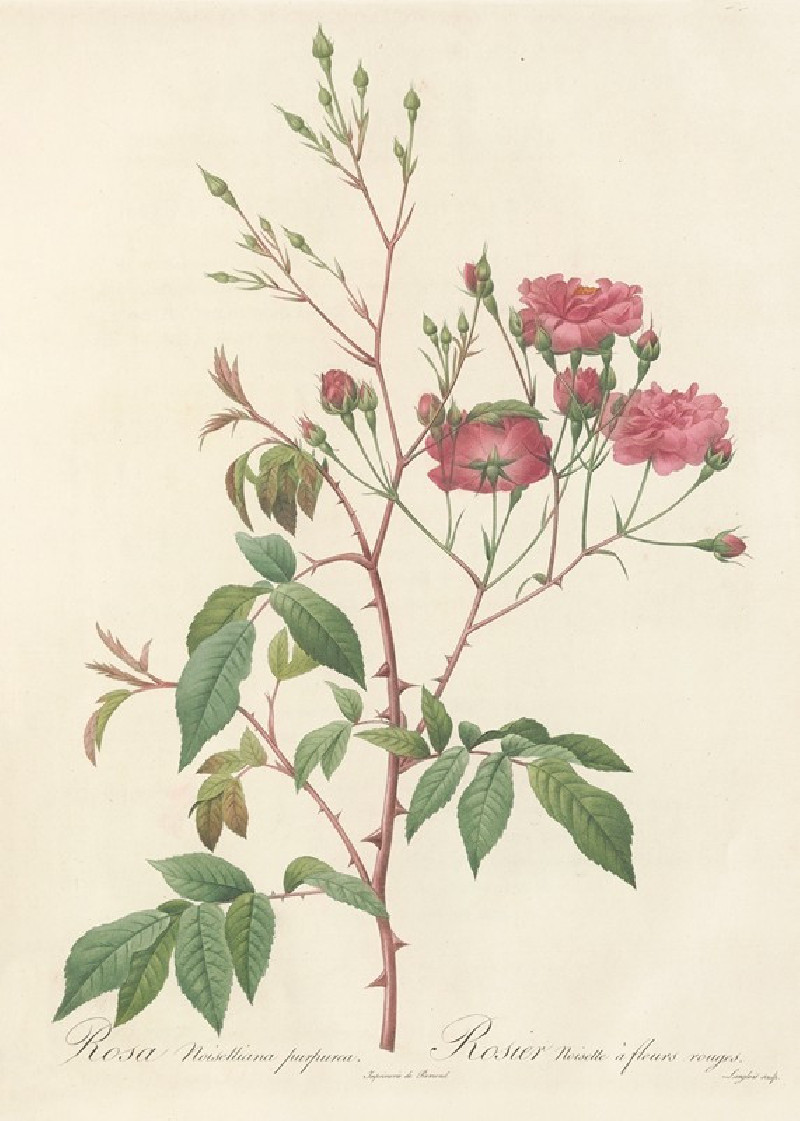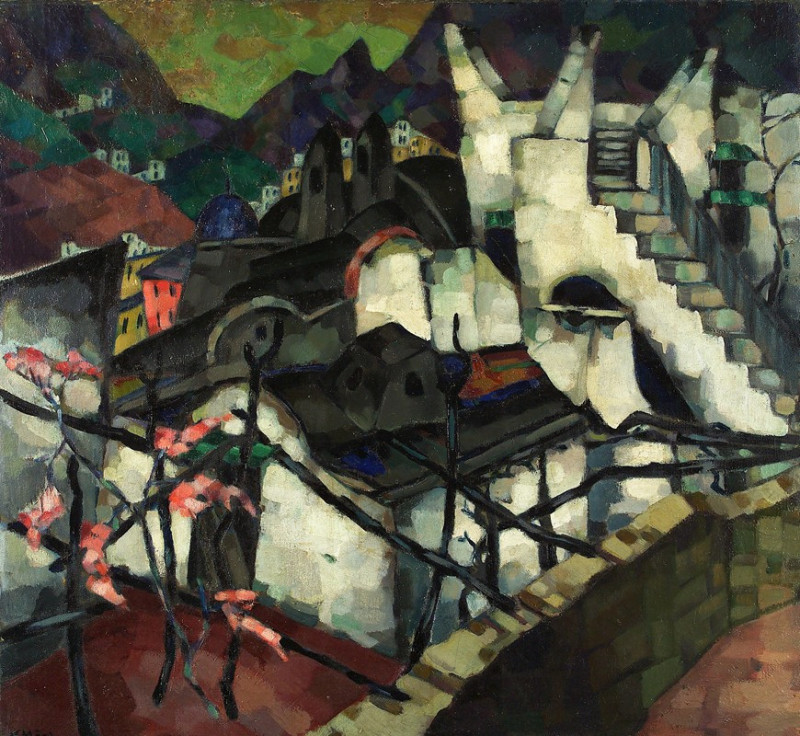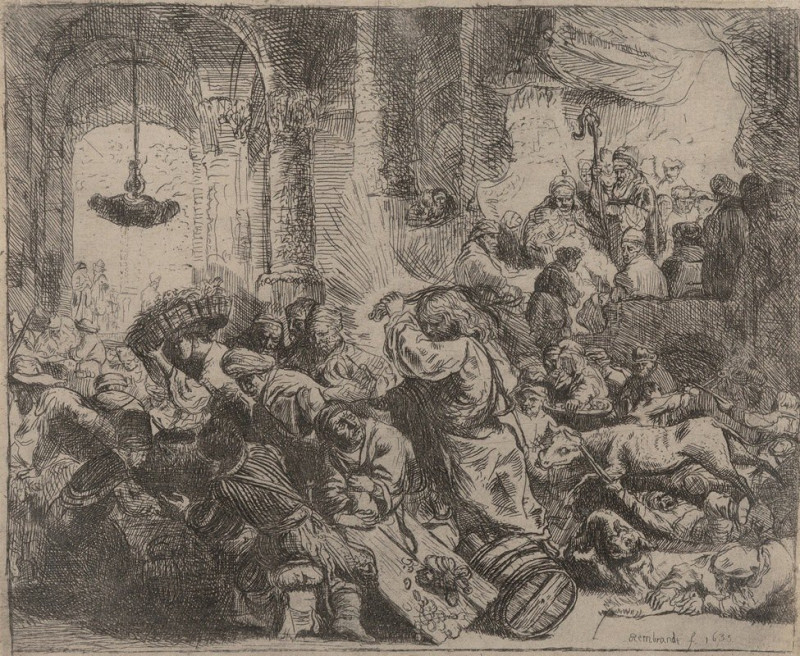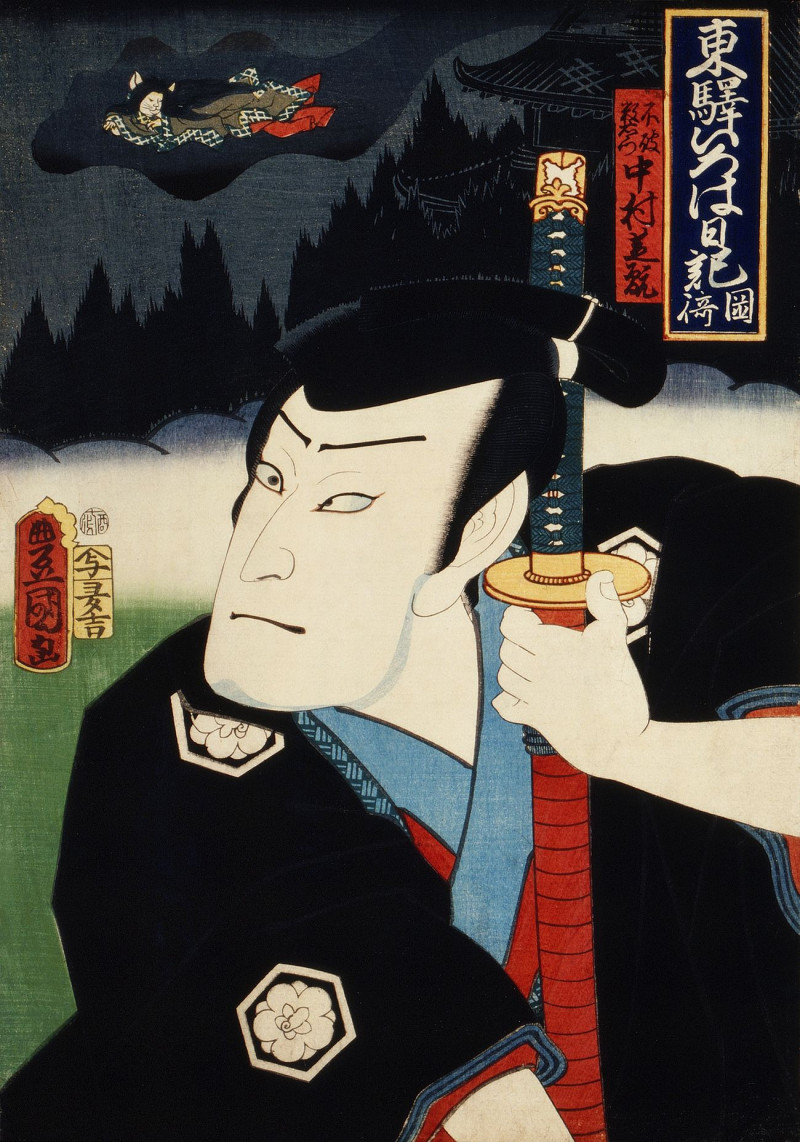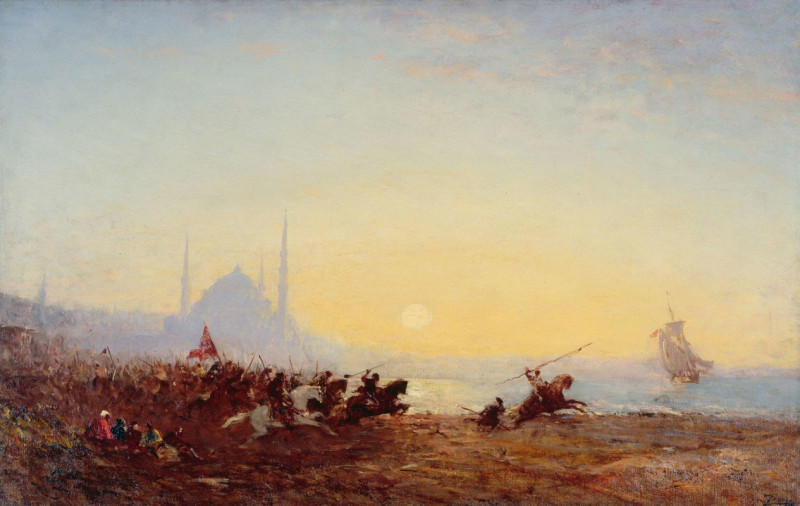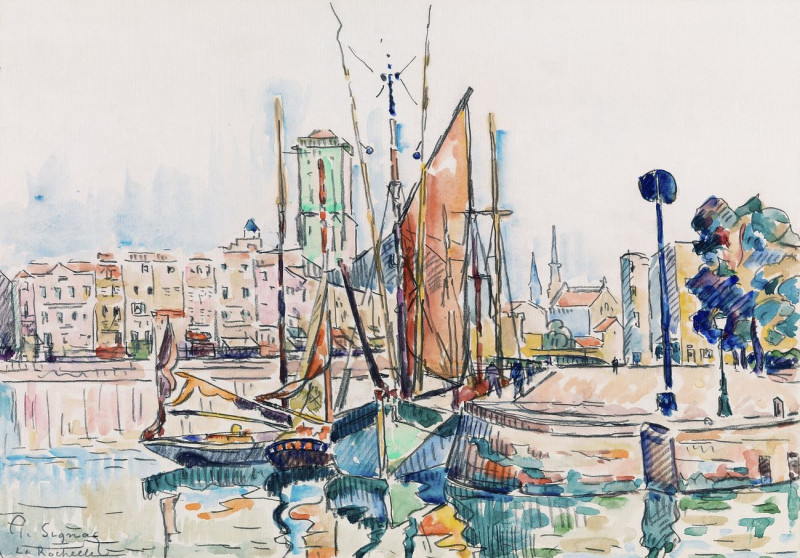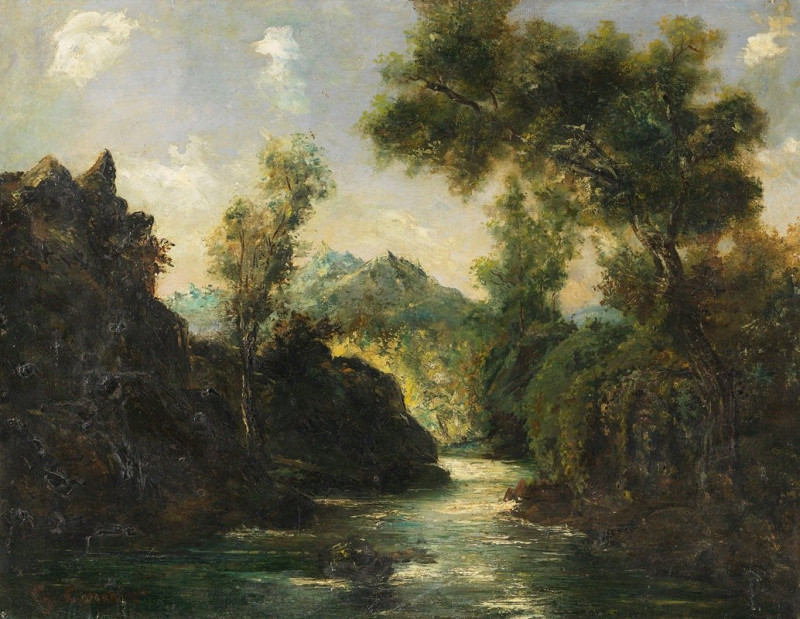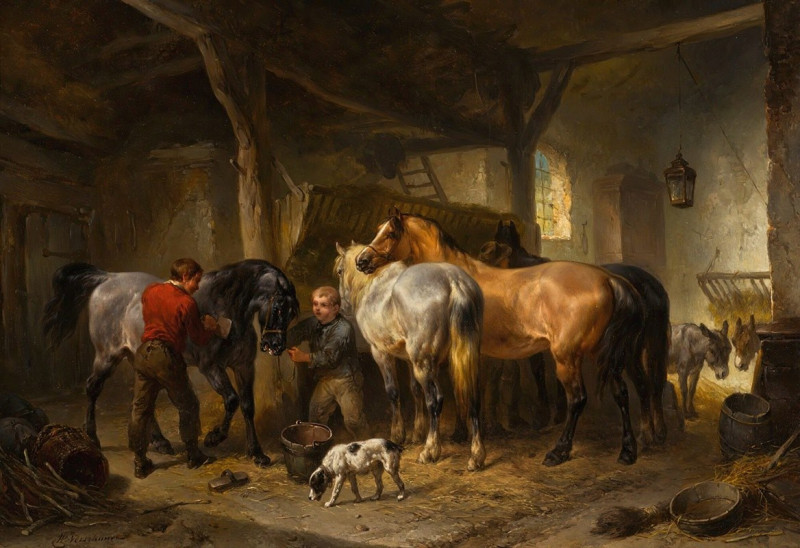An Allegory Of The Trascience Of Earthly Beauty And Love
Technique: Giclée quality print
Recommended by our customers
More about this artwork
"An Allegory of the Transience of Earthly Beauty and Love" is a compelling oil painting by the Flemish artist Jacob De Backer, believed to have been created in the late 16th century. The painting serves as a meditative piece on the fleeting nature of human beauty and the inevitability of death.At the center of this artwork, a young woman is depicted in a tranquil pose, her gaze introspective and slightly downward. She is adorned in a soft, draped fabric that highlights her physical beauty, which is traditionally cherished in art and society. To her right, a man gently supports her, his expression one of tenderness and affection, suggesting the theme of love.Intriguingly, depicted in stark contrast to the figures of the woman and the man is the somber image of a skeleton, robed in dark, standing to the right. The skeleton, a classic symbol of mortality, carries a scythe, further emphasizing the theme of life's impermanence.Adding a celestial element to the composition, an angel floats above the scene, holding a scroll that reads, “OMNIA VANITAS,” a Latin phrase meaning “All is Vanity.” This echoes the philosophical undercurrent of the painting—that beauty and earthly desires are transient.To the left, a muscular figure holds up a mirror to a painting of the same woman, suggesting a reflection on her once-youthful appearance. This mirror symbolizes the self-awareness of one’s aging and the transient peak of physical beauty.This painting is not only a feast for the eyes with its rich, detailed imagery and deep, vibrant colors but also provides profound commentary on the human condition, inviting viewers to reflect on the ephemeral nature of life, love, and beauty.
Delivery
Returns
Jacob de Backer (c. 1555 – c. 1591) was a Flemish Mannerist painter and draughtsman active in Antwerp between about 1571 and 1585. Even though he died young at the age of 30, the artist was very prolific and an extensive body of work has been attributed to him. Art historians are not agreed on how many of these works are autograph or the product of a workshop. The works attributed to the artist or his workshop are executed in a late-Mannerist style clearly influenced by Italian models.


